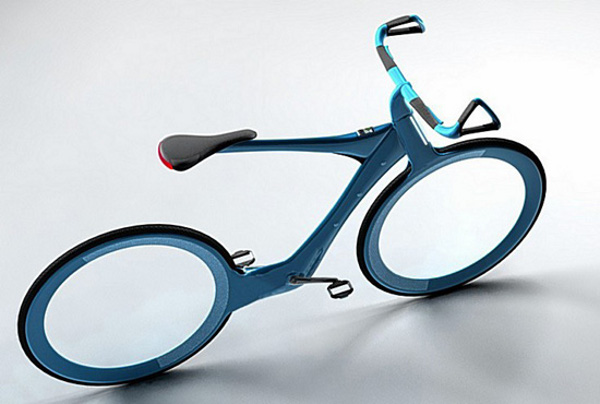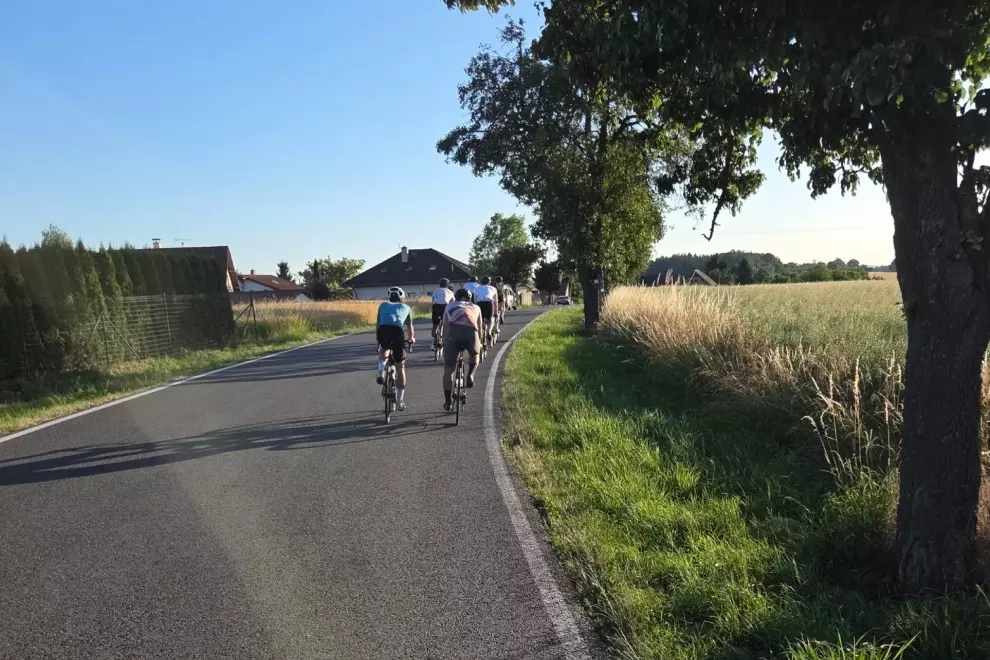The bike hasn’t changed much in the last century – as they say, if something works, don’t fix it – but if the designs described below are any indication, the bicycle of the future will be almost as game-changing as the mobile phone (but it will still, apparently, have two wheels and handlebars).
The Cube Urban Street Bike Concept gets rid of the seat tube and upper sections of the standard frame in favour of a three-piece system that has the back wheel attached only via the axle. Because of it, this model is significantly lighter (therefore much faster) and way sexier than what we are riding today. One issue may be stability and durability, especially for that ‘floating’ rear wheel, on rough surfaces such as cobblestones.

The Furious Sports Bike Concept by Nenad Kostadinov ditches the down tube and top stay but nevertheless appears to be robust and stable enough for challenging surfaces. What makes this design unique and thoroughly futuristic is the onboard computer, which displays a range of data about the ride such as speed, location, and calorie consumption. The information is displayed front and centre throughout the ride so that the rider is always aware of where he or she is and how much pizza can be consumed that evening without guilt.

Chris Boardman’s Intelligent Bike Concept may be the most accurate model of what changes we can expect in the bikes of the future. The British Olympic gold medalist and Tour de France stage winner has designed a bicycle with a solar-powered back-up motor, an onboard computer, a fingerprint security scanner, and wheels without spokes. And, yes, it looks great too. The fact that it is available currently only as a design suggests it may be years before we see it on the streets. But we are talking about the future, right?

The Wire Bike Concept by Ionit Predescu is another design that sheds weight to increase speed. It does so by using a suspension frame system instead of the traditional bike frame. Like a suspension bridge, the weight on the bike helps sustain the structure’s form and stability. The solid pieces of the bike will be made of carbon fibre and the cables will be of light Kevlar.

The Mando Footloose is a chainless, folding urban bike that uses high-tech solutions from the automotive industry to make city riding safe and efficient. This small bike generates power through pedalling. That energy is then stored in a lithium battery which powers a small motor. The bicycle is fully automated and even auto-detects slopes to shift gears.

The Eco 07 Bike Concept by Victor Aleman is my personal favourite because it is designed to be completely disassembled and fit into a container about the size of a briefcase. It also looks good. Unfortunately, the current design isn’t meant to be taken apart every day but only when you won’t use it for a while. But someone will certainly solve that issue. Because, if you think about it, you’ll be able to cycle to work, to a restaurant or home, take the bike apart, stick it in a specially-designed backpack and take it with you. No more parking problems, no more wrestling the bike into an elevator or carrying it up the stairs. And if you’re doing some serious mountain biking and come to impassable terrain – no more lugging the bike up or down a daunting slope.





